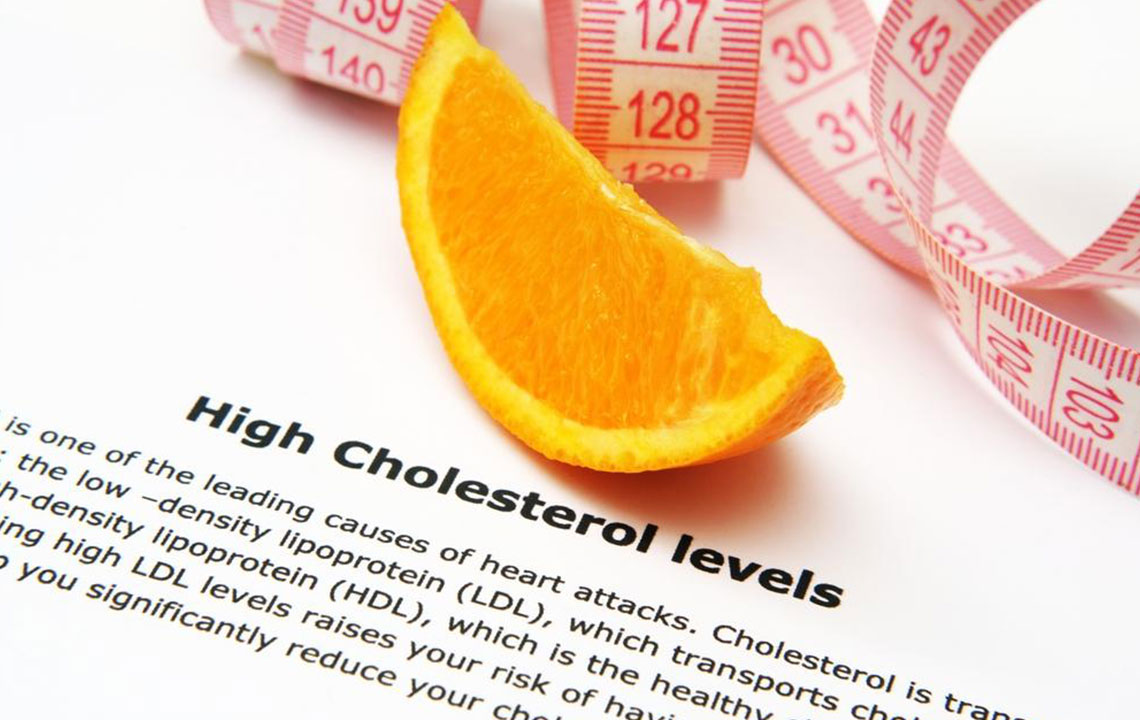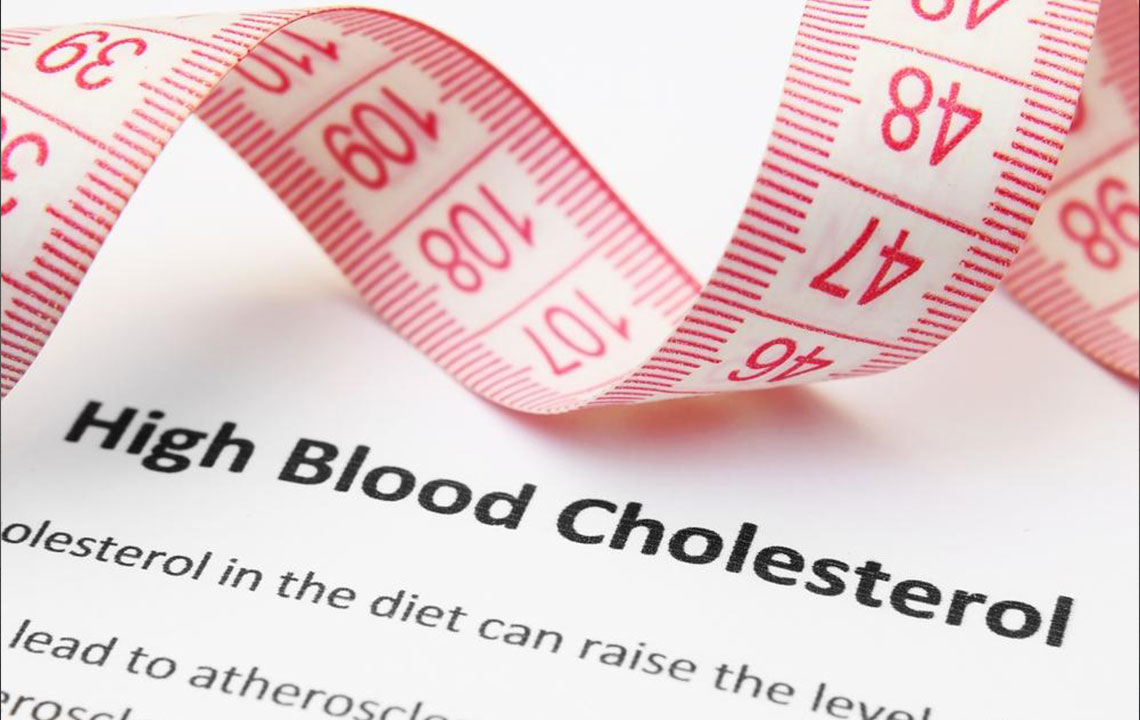Understanding Elevated Triglyceride Levels and Their Impact
Elevated triglycerides pose risks for heart disease and metabolic syndromes. This guide explains causes, symptoms, and effective lifestyle changes to manage and lower triglyceride levels. Regular testing and dietary adjustments are vital for maintaining cardiovascular health and preventing complications.

Understanding Elevated Triglyceride Levels and Their Impact
Triglycerides are fats present in the bloodstream, serving as a primary energy source for the body. While essential for health, elevated triglyceride levels may increase the risk of heart disease and indicate metabolic issues such as high blood sugar, obesity, and excess abdominal fat. Blood tests measure both cholesterol and triglycerides to assess cardiovascular health.
Factors contributing to high triglycerides include obesity, uncontrolled diabetes, thyroid problems, kidney diseases, excessive calorie intake, and alcohol consumption. Some medications like steroids, birth control pills, and certain antidepressants can also raise levels. Genetics play a role too.
Usually, high triglycerides don't cause noticeable symptoms but may lead to fatty deposits under the skin if inherited. To reduce triglyceride levels, lifestyle changes such as weight loss, dietary modifications, regular exercise, quitting smoking, and limiting alcohol are effective. Medications may be prescribed if necessary.
Triglycerides originate from the foods we consume and are also produced by the liver from starchy and sugary foods. Excess triglycerides are stored as body fat, increasing the risk of artery blockages, heart attacks, strokes, and pancreatitis. Managing diet is crucial to controlling levels.
Diet and Lifestyle Tips for Managing Triglycerides
Avoid sugary and high-saturated-fat foods like soda, candies, baked goods, and processed snacks. Watch out for hidden sugars like glucose, sucrose, and syrups.
Increase intake of fiber-rich foods such as fruits, vegetables, legumes, oats, and whole grains to slow digestion and lower triglycerides.
Choose healthy fats from sources like avocados, nuts, olive oil, and canola oil, while minimizing trans fats and saturated fats found in processed foods and fatty meats.
Eat fatty fish rich in omega-3s, such as salmon, mackerel, and sardines, at least twice weekly to help reduce triglyceride levels.
Those with a family history or certain health conditions may be more susceptible. Regular blood tests can monitor triglyceride levels, aiming for less than 150 mg/dL.
The differences between triglycerides and cholesterol lie in their roles and composition. Triglycerides store excess calories and provide energy, while cholesterol is vital for cell structure and hormone production. Both circulate via lipoproteins in the blood, but each has distinct functions and health implications.









